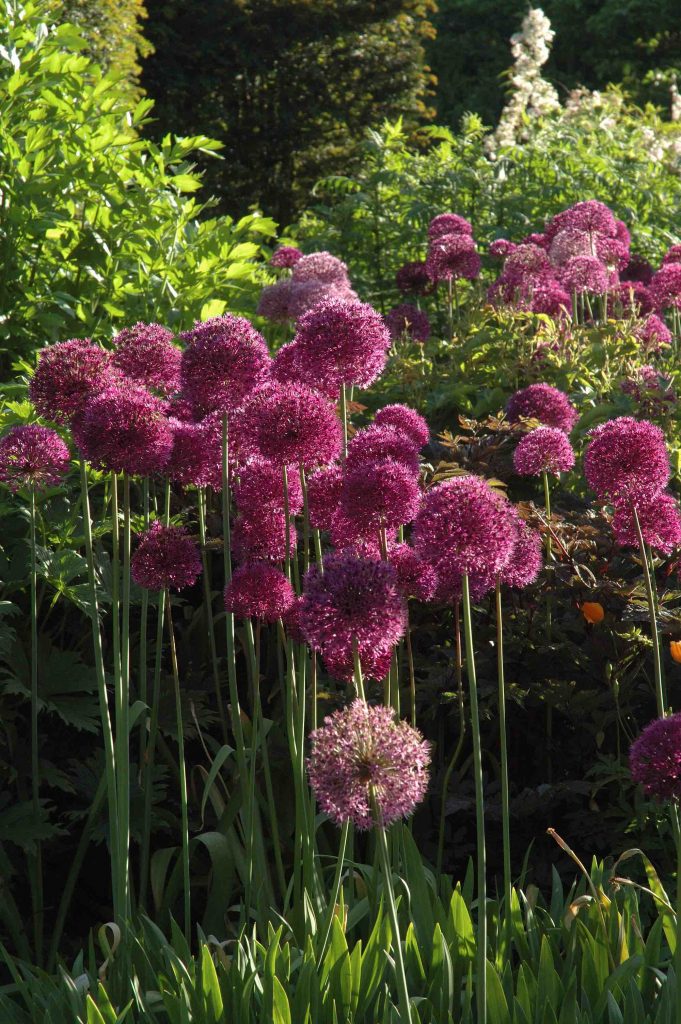
As the years go buy, the popularity of plants waxes and wanes. When I started gardening, and working at Nag’s Hall, ornamental onions were something of a rarity and I am sure we never sold the bulbs. Now they are everywhere and no self-respecting garden is without some of these floral marvels. This year I sold bunches of flowers at the gate for charity and whenever I included some alliums in the bunches they sold first!
Ornamental alliums are related to edible onions, garlic, leeks and chives and all have round heads of small, starry flowers. They are most often mauve or purple but among the hundreds of species flowers and habit vary so much that it is difficult to generalise. Most have the typical ‘onion’ smell and those that are most popular, and can be planted now, all have bulbs and spherical heads of flowers that open from May to August.
Their flowering time usually straddles spring and summer, making them useful in garden borders but difficult in traditional bedding schemes – they are in bloom just as you need to pull up wallflowers and plant petunias!
They should be planted as soon as possible. They flourish in most soils but prefer a well-drained, light soil and full sun. That being said, they will grow in clay soil provided it is not too wet in winter. My own soil is often wet in winter and most do fine. If you are unsure then I suggest you start with the least expensive kinds: some bulbs can cost £5 each and, while they are worth the extra money, alliums look best in a group of seven or more and a pack of ‘Purple Sensation’ or Allium cristophii will cost the same as one Allium giganteum bulb .
At the other extreme, a few of the smaller alliums have a tendency to seed prolifically. These include the yellow Allium moly which is often a major component of ‘bargain’ bulb mixes advertised in Sunday papers.
Two others you might want to avoid are wild garlic and the three-cornered leek.
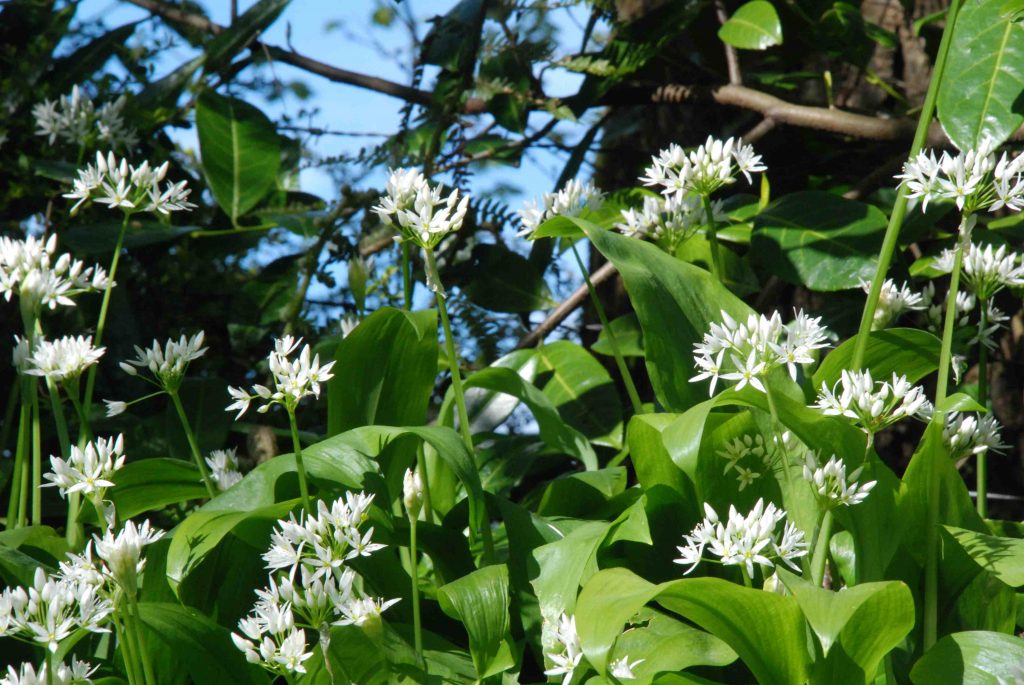
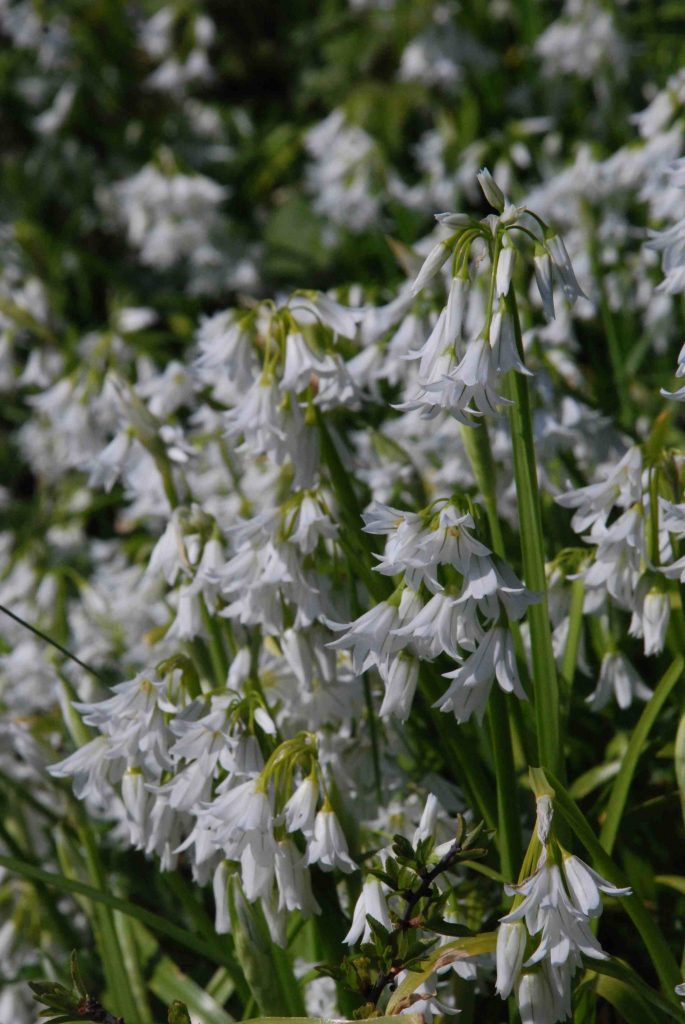
Now we have dismissed some bad onions, here are some good ones!
If you want an introduction to the purple globe onions start with Allium cristophii.
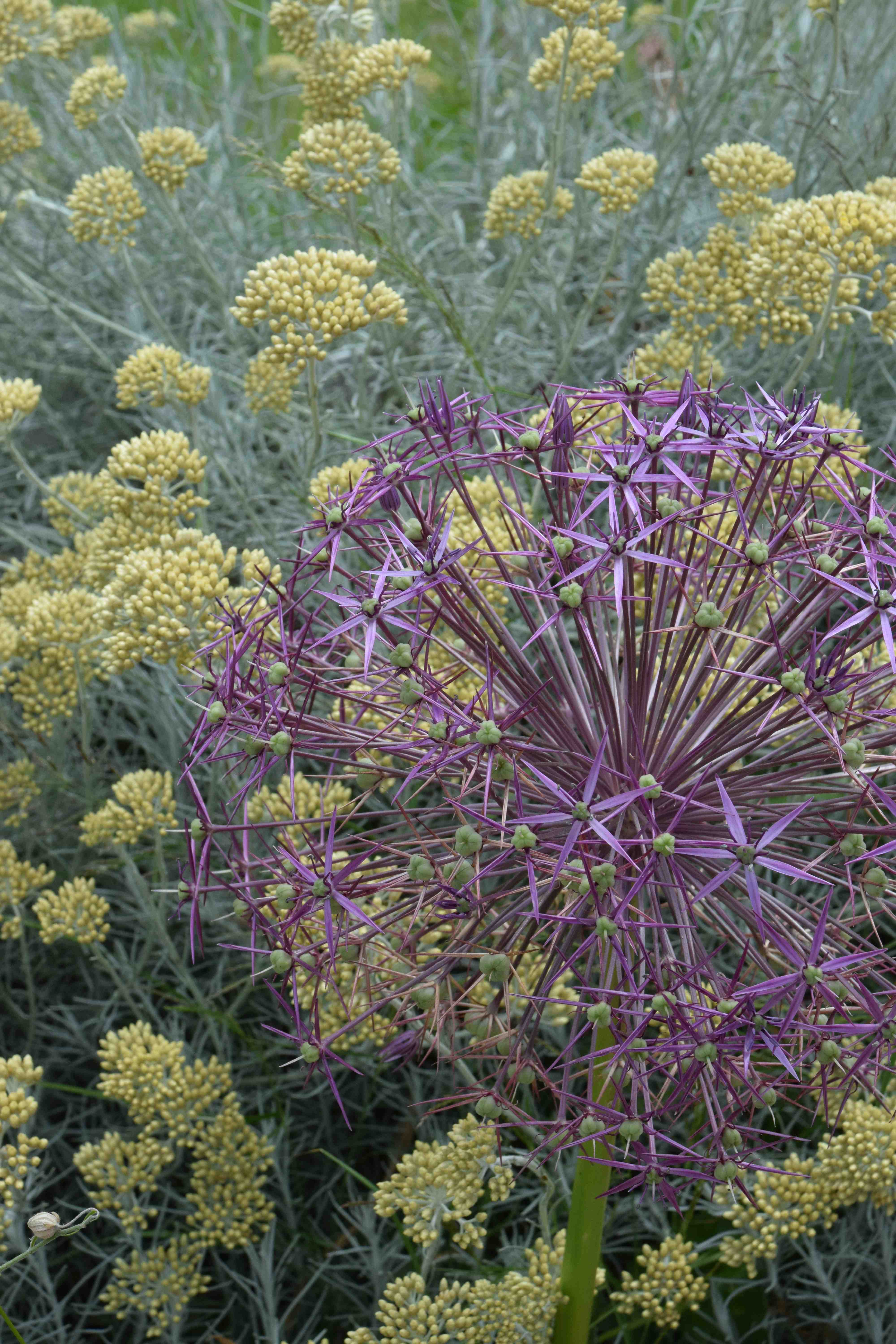
Allium cristophii is a fairly compact plant and grows to about 45cm (18in) high. But the flower heads are impressive, usually 15-20cm (6-8in) across. They are a beautiful metallic lilac and last well. Unlike many ‘globe’ alliums, the petals dry to straw colour and are among the best to dry and spray for winter decoration. It is cheap and easy to grow and often self seeds. Alliums in general do not split to form clumps so this seeding is useful when you want large drifts. Seedlings take three or four years to reach flowering size.
Like most alliums, the flowers are filled with nectar and are great for bees.
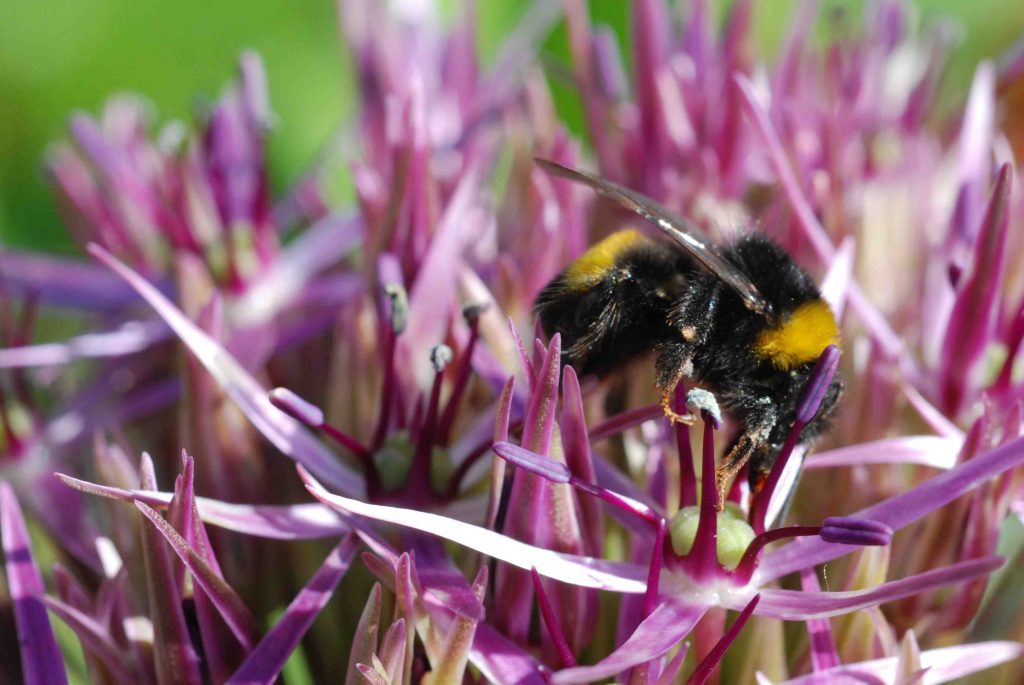
Alliums tend to have foliage that appears early but starts to die away by the time the flowers open. This makes them less than perfect for patio pots. The most common exception to this is Allium karataviense. each bulb has two or three broad, grey leaves, edged with maroon and a globe of grey/mauve about 15cm (6in) high. ‘Ivory Queen’ is a form with paler flowers.
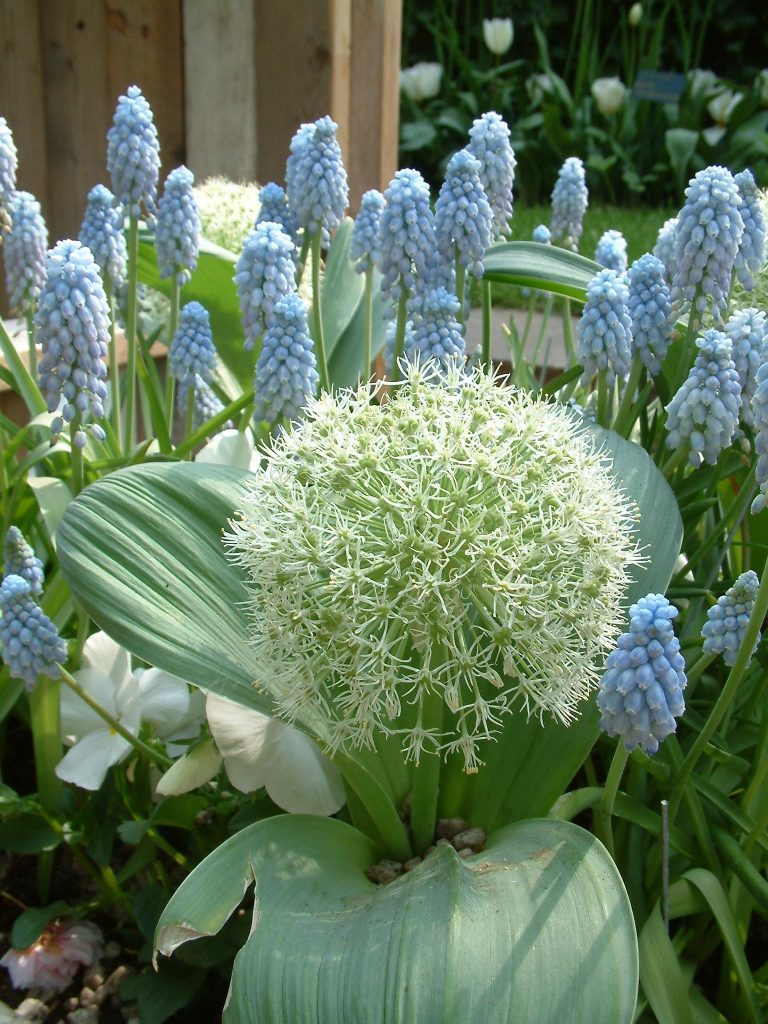
The tall purple onions vary in cost. ‘Purple Sensation’ is relatively inexpensive and about 90cm (3ft) high with 8-10cm (3-4in) globes of flowers. Planting a large clump of these won’t break the bank and they look lovely among iris and aquilegias. I plant them among my roses where they provide colour before the roses bloom. In theory, onions should help prevent blackspot but I am not sure they have any effect! But they look nice. The flowers don’t last as long as the more expensive kinds.
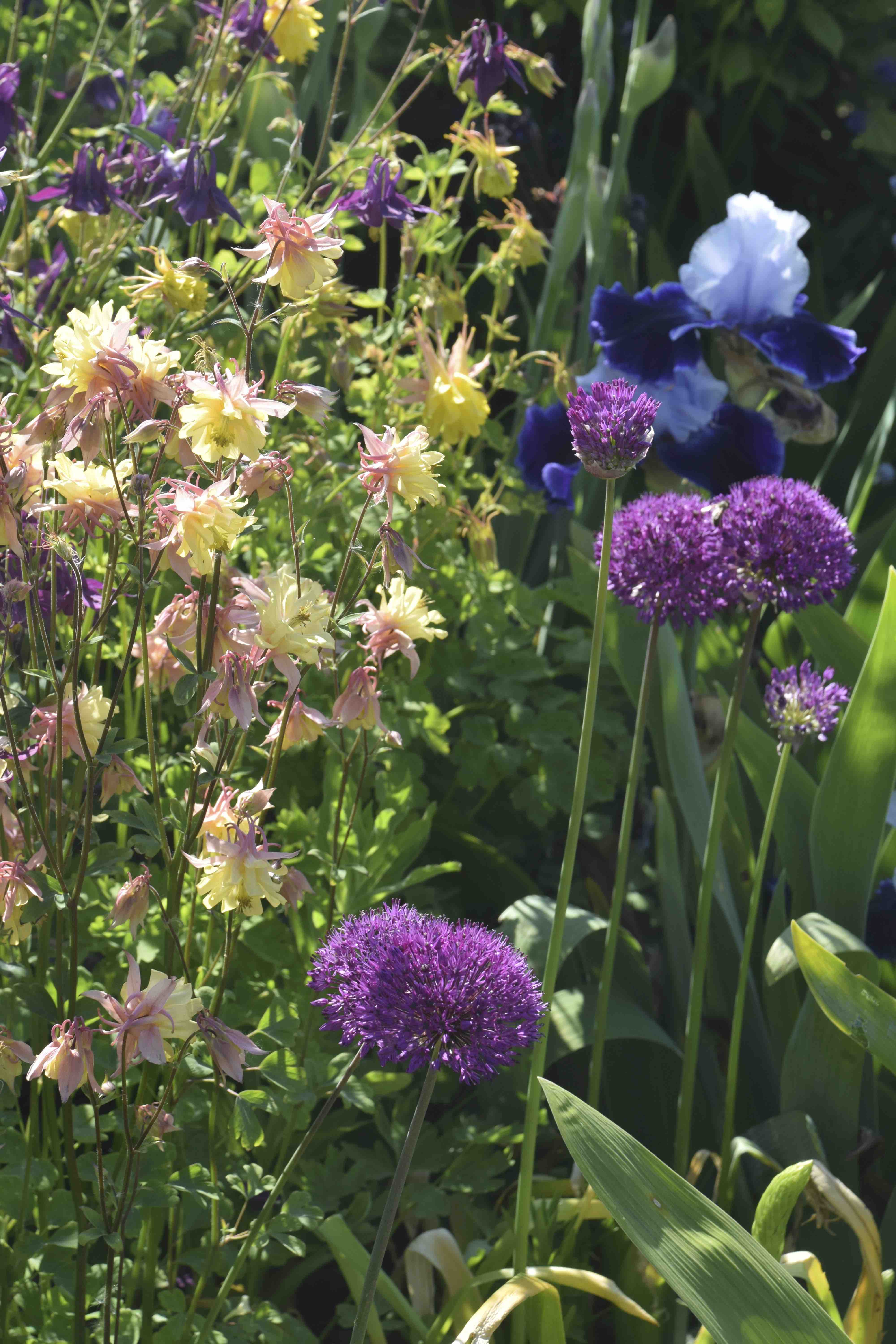
The bigger onions include ‘Ambassador’, Allium giganteum‘, ‘Lucy Ball’ and many more. My favourite is ‘Globemaster’ because it is long lived and the flower heads last ages too, with many flushes of buds on the head.
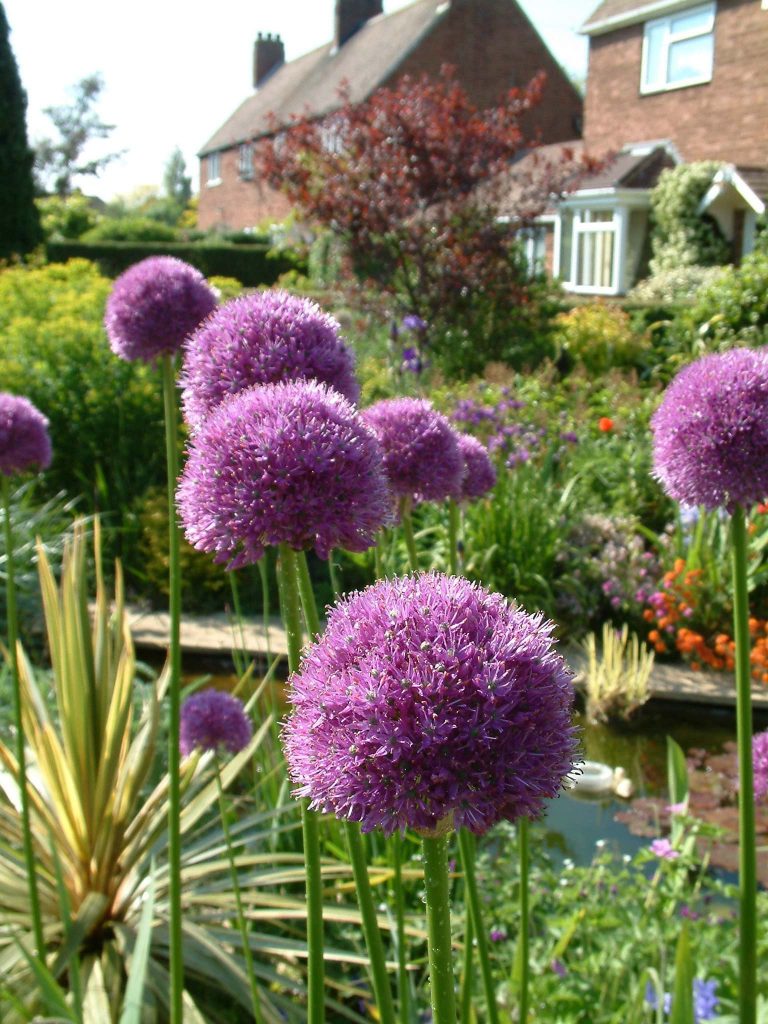
Most of these bloom in May and June but some can flowers later, including the tall ‘Summer Drummer’. Among the later kinds, that are inexpensive, is Allium sphaerocephalon, the drumstick onion. The flowers are held on thin stems and are in dense, purple heads. One is almost invisible so you need to plant a clump of at least a dozen.
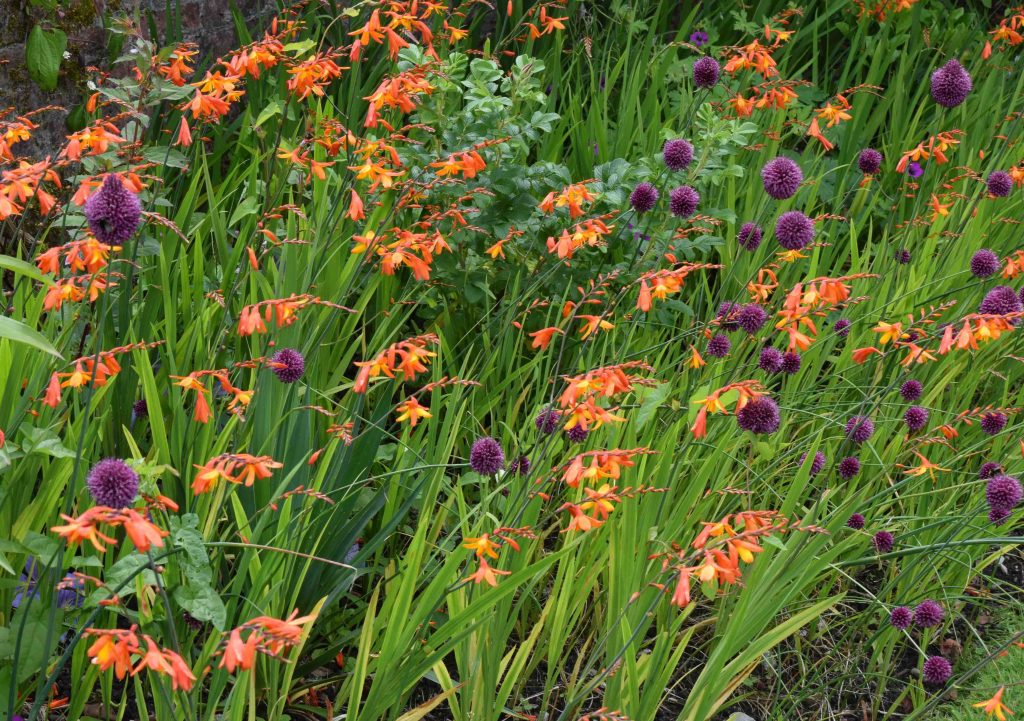
Alliums need to be planted as soon as possible. They can be used in many places in the garden and make good cut flowers too. They make an effective way to bring some colour and style to your garden.
Talks at Nag’s Hall, 24 and 25 November
I am delighted to say that I will be at Nag’s Hall to answer questions and give short talks in the evening on Friday, Nov 24 and all day Saturday, 25th as part of the Christmas celebration..
I am looking forward to meeting everyone and if you have any garden questions I will be delighted to offer advice.